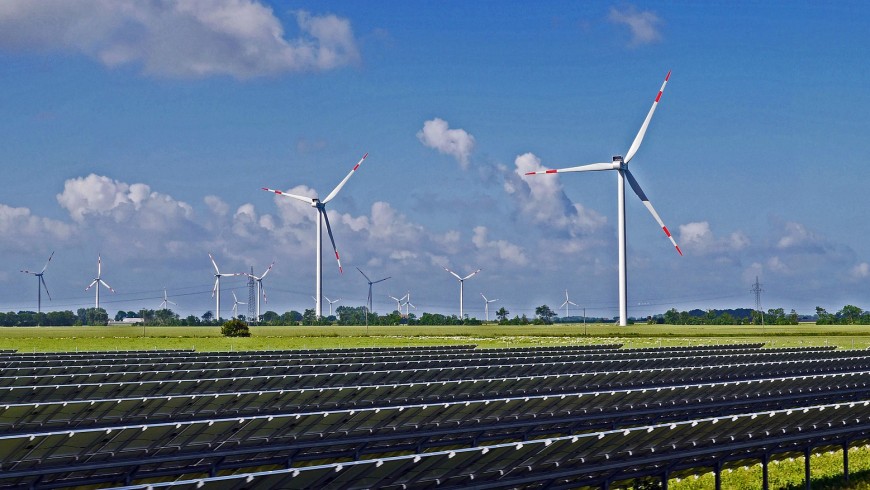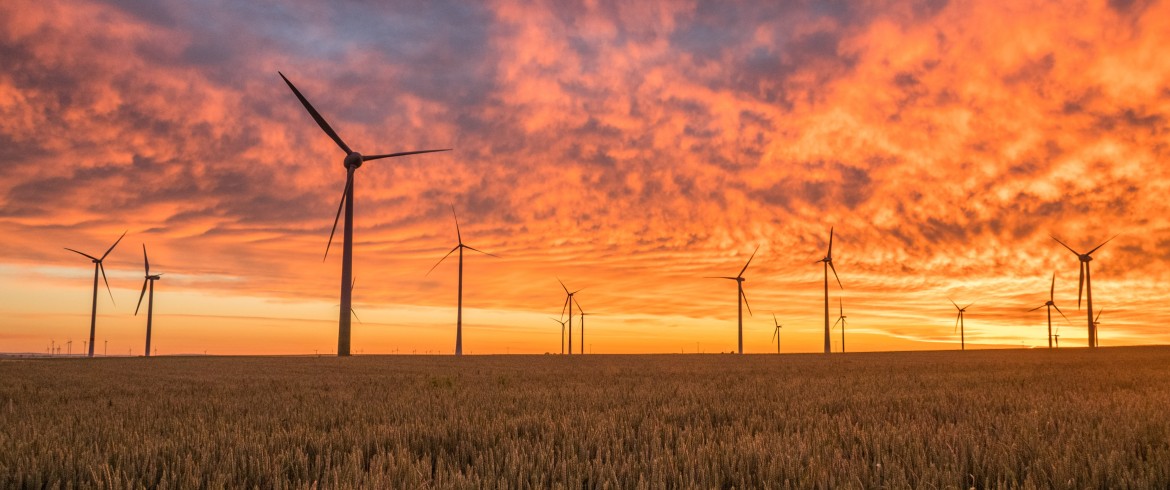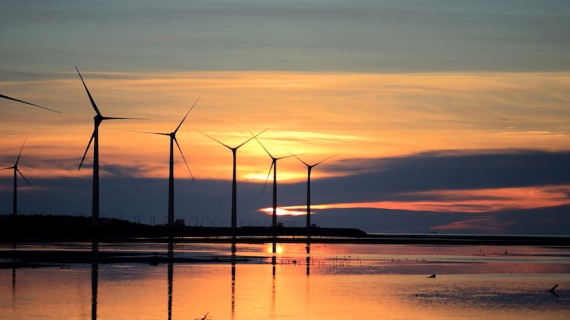According to the investment bank, Lazard, switching to renewable energy sources could save the households in the US to spend more on electricity bills. Yet, most importantly, this would mean a positive impact on the planet. Let’s see how the US copes with the change and what other countries are on the way to run on 100% renewable energy.
Due to the ongoing inflation, the cost of living will expectantly grow as well. However, if the foresight is right, this will not necessarily involve electricity producers. The aforementioned Lazard Investment Bank analyzes and compares the cost of using each type of energy source annually. Using a metric called Levelized Cost of Energy (LCOE), they have recognized, that the cost of establishing a brand-new utility-scale renewable energy project has now declined below maintaining and operating an existing coal plant.
The big boom of the limitless energy
The metric is taking into consideration the following factors in the cost analysis: establishment, maintenance, and cost of debt. Finally, it comes up with the most economical average price per unit of energy.
According to the bank’s calculations, the average price for the most traditional source in the US, for coal plants costs between $27/MWh and $45/MWh. While wind energy costs less, the average is between $26/MWh and $56/MWh, while utility-scale solar scores between $36/MWh and $44/MWh. Technical advancements and the competitiveness between the different renewable energy producers help the sectors to continually come up with better and more profitable solutions. As an example, based on the Energy Information Administration’s data, the largest wind turbine today can generate twice as much energy as they could have done a decade ago. This is solely possible due to the turbines’ size. Naturally, this has dramatically enhanced the potential amount of power we can harvest using the same parcel of land.

Even though the US is historically very dependent on coal, more and more utility providers offer the possibility to be interchangeable between the traditional and the new systems. The analysis by the bank has noted, that the findings fit developed economies‘ condition, and excludes places that are dependent on coal, like China and India. The coal mine industry has climaxed in the 1920s, based on the number of people being employed. By now, in 2018, the second-highest number of coal-plant retirements could be observed. For these resigned workers, the pension and health-care benefits are on insecure ground.
In contrast, in the US, 100,000 people are being employed in the wind industry at the moment. With the advancement of the field, there is a potential for a lot more. Not only engineers but assembly workers, maintenance employees are needed. Wind farms are usually established further from the big cities, providing, therefore, a lot of possibilities for people living in rural areas. The fastest-growing occupations right now are solar photovoltaic panel installers (105%) and wind turbine technicians (96%), contrary to Personal care aides 39% for example.
Conservative state leading the evolution of renewable energy

The state of Texas administers employment for more than 24,000 people in the renewable energy sector, according to the American Wind Energy Association. While there are 6,972 wind turbines in the state of California, the amount in Texas is 12,565. This is mainly due to investment along Route 66 between LA and Chicago. Texas has spent 7 billion dollars on developing power lines and grids, connecting the farms at windier/sunnier areas on the countrysides, to bigger cities. The state has managed to get a great deal on a 20-year contract with the wind power providers while depending solely on coal is unpredictable at the moment. In the last year, already 15% of the energy in Texas came from renewable sources.
Countries that have already reached significant milestones
A study from Stanford University has been published, discussing the possibility of the world being powered entirely by alternative energy in just 20 to 40 years from now. The technology is there, let’s few countries that have already taken the initiative to contribute to this vision of the future:
Iceland

Iceland is especially rich in geothermal and hydroelectric powers, and they successfully harvest them as well. No surprise that this country produces the cleanest energy per person in the world. Almost 100% of their annual energy is coming from renewable sources, and their geothermal plants like the one at Blue Lagoon attracts numerous tourist every year. In 2017, Iceland introduced a power plant, that anomalously eliminates more CO2, than it produces.
Sweden
Sweden has ambitious goals for the future: reduce fossil usage within its borders by 2050. They spent $546 million only in 2016 to meet this goal. Meanwhile, they are simultaneously working on solar power, wind power, energy storage, smart grids, and clean transport.
Costa Rica
With its 67 volcanoes this country has the possibility to accumulate most of the needed energy supply from hydroelectric, geothermal, solar, and wind sources. Now, they plan to be wholly plastic-free and carbon-neutral by the year 2021.
United Kingdom
The UK is already set an example, for even the US to follow. The country has managed to generate more electricity from wind farms than coal mines. Wind power gets a growing importance in the country. Well-connected grid lines and standalone turbines make it possible for Scotland to supply 100% of its households with renewable energy. Check out some eco-friendly accommodations there, if you want to be a part of the exemplary environment.
Others
Among others, Nicaragua is preparing to be 90% renewables-powered by 2020, with a similar strategy as Costa Rica.
Uruguay is an excellent example of how a good partnership should be formulated between the public and private sectors for the greater good. Keeping the consumer costs low and the subsidies out of the country, they have managed to be 95% renewable power in less than 10 years.
China is in the frontline of being the most polluted and also the biggest polluter in the world. Nevertheless, they are also one of the most prominent investors in the renewable energy sector (source: the Guardian). The country has ownership of the biggest solar-module manufacturing companies and owns the largest electricity utility.

Cover image: Wind turbines. Biedesheim, Germany. Photo by: Karsten Würth, via: Unsplash




